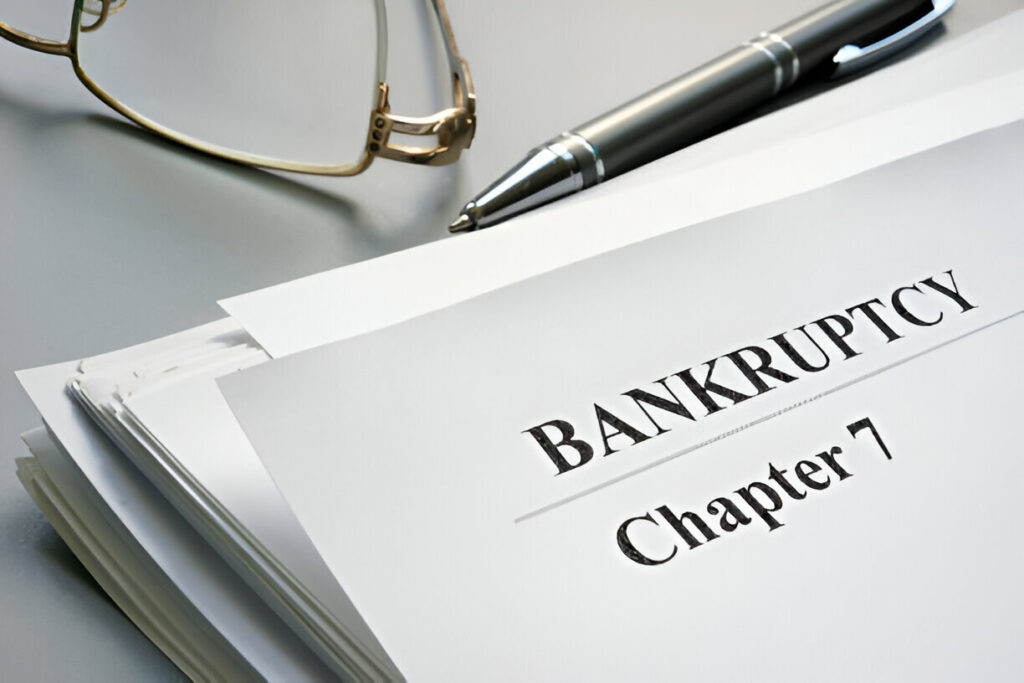A Chapter 7 bankruptcy is where a trustee examines your assets to determine if any property is available to be sold or recovered for the benefit of your creditors. Most if not all your property will be “exempt” under Florida law, meaning you keep it. If there are no assets to liquidate, you are considered a “no-asset case.” You will receive an order from the bankruptcy judge about 90 days after filing for bankruptcy. The order discharges your debts and gives you a much-needed fresh start. A “means test” is used as a threshold for determining whether debtors qualify for a Chapter 7. If a debtor’s income exceeds a certain amount, the debtor may not be eligible for Chapter 7 relief but instead must file a Chapter 13. The household limit varies based on your household size and expenses. The larger the household size, the higher the limit allowed for household income. Dependents can include non-relatives and non-minors if you are providing more than half of their support. A Chapter 13 is often used by debtors who do not qualify for Chapter 7 debt relief. Typically, you make payments in a Chapter 13 to the Trustee for 36 or 60 months depending on your disposable income. Unlike Chapter 7, the debtor does not receive an immediate discharge of debts. The debtor must complete the payments required under the plan before the discharge is received. The debtor is protected from lawsuits, garnishments, and other creditor actions while the plan is in effect. Debtors may bring the past-due payments on a mortgage current over the life of the plan.

